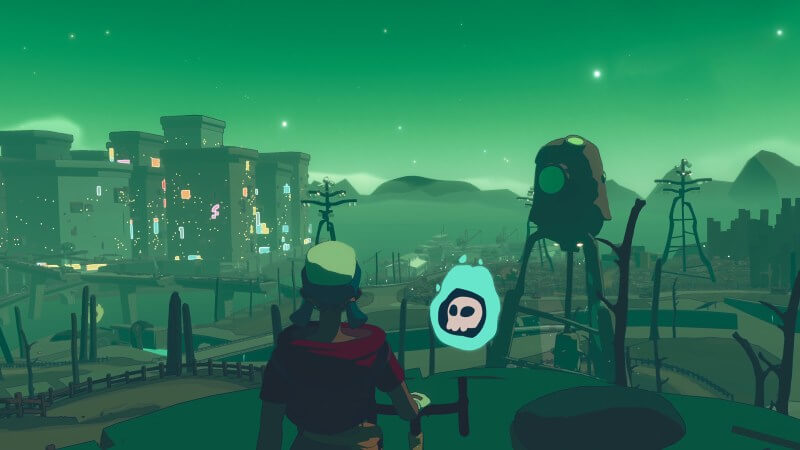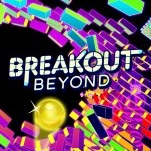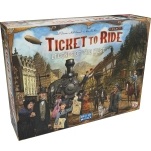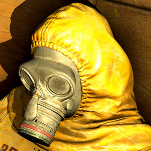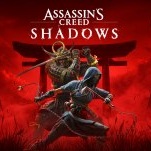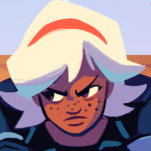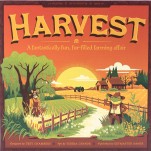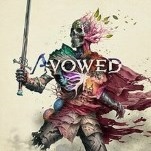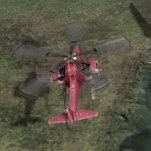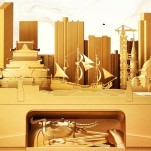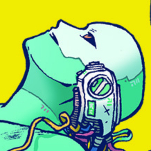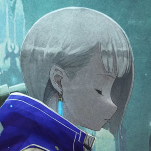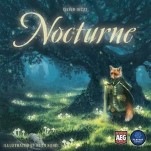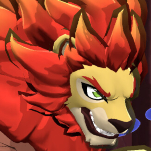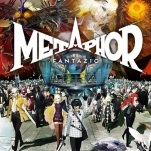Here in the Wheel World, Cycling Is a Sweet Dream that Always Comes True
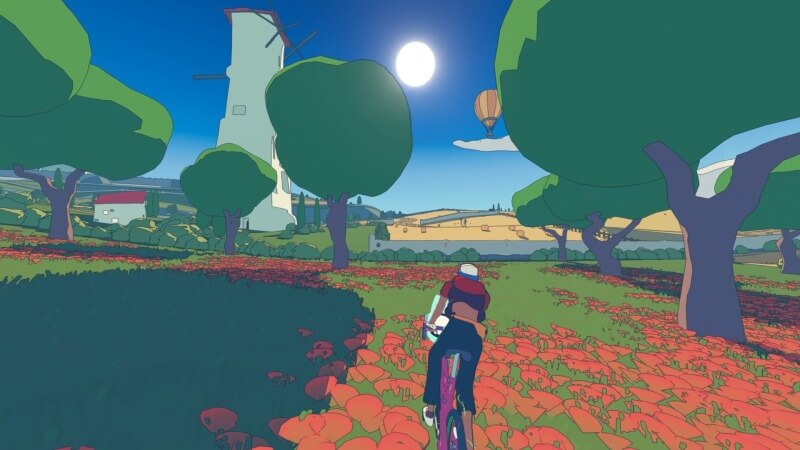
It’s easy to get poetic about cycling. Its solitary nature, its physical demands, the tangible connections between the rider and their bike and the bike and the ground… I can see why people get so passionate about it, even if I, personally, have only been on a bicycle maybe once this century. There’s a purity and a lyricism to cycling, and its unique combination of reflection and repetition, when combined with the physical euphoria one must feel while doing it, must be entrancing.
The first half of Wheel World, the new game from Nidhogg developer Messhof, offers a glimpse of what that serenity might feel like. The rolling hills and golden fields of its vaguely European landscape make a gorgeous backdrop for this metaphysical lark that views cycling as a metaphor for life itself, and simply rambling along its scenic vistas is a deeply soothing experience. With its warm colors and low-key electronic soundtrack (featuring artists from the noted synth pop label Italians Do It Better) the best word to describe Wheel World at the start is “chill”—even though it’s fundamentally a game about racing. “Biker gang” might historically call up images of tough, nihilistic criminals in leather and tats running drugs and killing Rolling Stones fans, but the bike gangs in Wheel World are more like book clubs or even sewing circles; outside of a few defining quirks, they’re mostly just normal, friendly people hanging out and sharing something they love. There’s a little bit of tension between the game’s deeply laidback aesthetic and the pressure of trying to out-speed those rivals (while also trying to fulfill a couple of optional goals during every race), but only a little bit: the races might be fast and winding and sometimes treacherous, but they’re still pretty sedate, and almost all of the other gangs are immediately gracious and friendly once you beat them.
Those races push the game’s story forward. Here in the Wheel World “rep” is everything, and the only way to earn more is by winning races. Like cycling itself, the game’s structure is repetitive but with a great amount of fluidity within. Your spirit-possessed bike Skully has to start the next Big Shift—a transformative event that’s pitched somewhere between the start of a new year and the start of a whole new era, and potentially an existential event as significant as death itself (not explaining things too much is one of Wheel World’s smarter traits)—and to do that his new rider Kat (hey, that’s you) has to recover all the “legendary” bike parts that have been stolen off him. They’re all now owned by the best racers in this world’s four main districts, which make up an open world map you can cycle through seamlessly. Each district has a bell shrine, an old, mystical outpost that looks like a giant stone bicycle bell, and when Skully visits the cycle spirits that live in each one they increase his boost meter by a small amount and also reveal important locations on that district’s map. This structure is almost like one of Ubisoft’s tower-based open world games—go to the place, do the thing, get a lot of new icons on your map, go to those places to do those things, rinse and repeat.
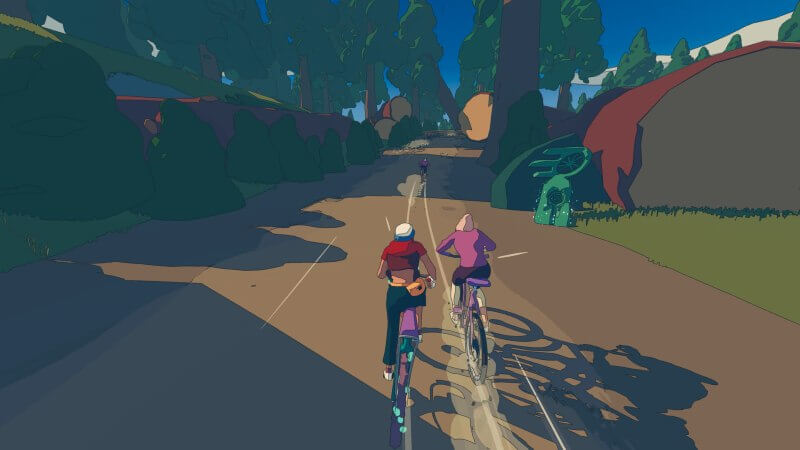
The question marks that appear on your map after activating a bell shrine can stand for one of three things: a port-a-potty that acts as part of the game’s fast travel network, a drone from the ominous Cyclorp company that gives you rewards when you accomplish certain goals, or a new race to compete in. Each race can net you up to four units of rep, one each for winning, finishing in the top three, collecting the three letters hidden throughout the race, and beating legendary cyclist Tom “The Cannon” DuBois’s (the Henry Aaron, Wayne Gretzky, and Michael Jordan of Wheel World) best time on that race. You need a minimum amount of rep to challenge each of the four champs using Skully’s purloined gear. Every race is with a specific bike gang that has its own name, its own unique style, and its own leader, who almost always starts off sassy and dismissive before getting really polite once you beat them. The dialogue is constantly light and jokey, which is in keeping with the game’s overall low-stress tone, but isn’t always the best fit with its more philosophical and spiritual elements.
The races themselves are fairly simple affairs. You’ll hold down the pedal button and try to get to the finish line first, using Skully’s boost when appropriate to get a burst of speed. There are a few basic race types; some are long circuits of two or three laps, some task you with cycling from one point to another, and others are tight ovular tracks with several short laps. The deeper you get into the world the more hazardous these races become, where you’re not just contending with seven other racers and the state of the track but all kinds of other obstacles as well—including, ultimately, roads filled with cars. Throughout the tracks you’ll find shortcuts and makeshift ramps that will net you airtime, which replenishes your boost meter, and you’ll also want to keep an eye out for the letters K, A, and T. There’s no point system, and you don’t do any tricks, or anything; this isn’t Tony Hawk but a true racing game, albeit one that doesn’t really look or feel like too many others.
-

-

-

-

-

-

-

-

-

-

-

-

-

-

-

-

-

-

-

-

-

-

-

-

-

-

-

-

-

-

-

-

-

-

-

-

-

-

-

-

